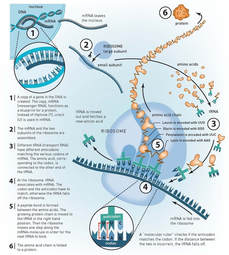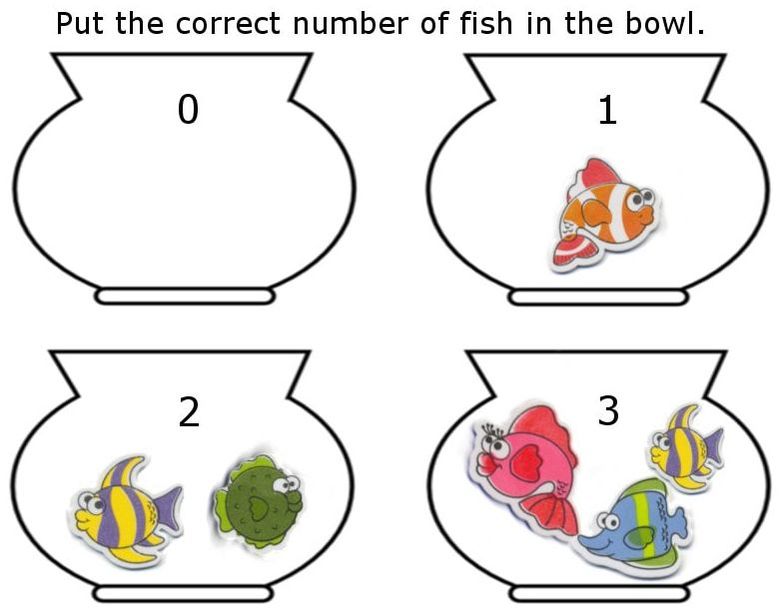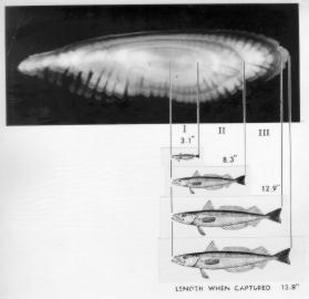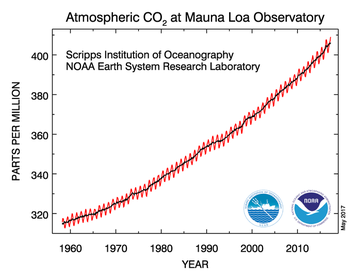|
When people get to the third, their reaction is very similar to that from the first two:
Yes, what indeed DO genomics, or the study of genomes, have to do with the ocean or fish or whatever? But first:
-If you’re familiar with genetics and gene editing, skip down to the next divider.
-If you need a brief review or are new to this, read on:
-If you’re familiar with genetics and gene editing, skip down to the next divider.
-If you need a brief review or are new to this, read on:
GENETICS 101
 If you're interested in how DNA makes us "us," click to go to thinglink and check this out.
If you're interested in how DNA makes us "us," click to go to thinglink and check this out. A genome is all of an organism’s DNA, and DNA is the how-to manual for creating every cell and protein that perform every single function in all living things.
If you think of us humans as a house, with different rooms serving different purposes, filled with appliances, plumbing, wiring, etc., our genome includes not only the house’s layout and construction plan, but also how to manufacture the appliances, and even make pipes and grow trees for lumber. Our genome is us.
As biotechnology (the term for studying and manipulating genomes) has advanced, we’ve been able to do increasingly fancy things with DNA. We’ve gone from being able to isolate it (“Oh look! DNA!”), to nailing down what individual sequences of DNA, or genes, do (“This gene dictates what color hair a person has.”), to actually being able to “edit” genes (“I’m going to add this gene to my cat’s genome so it’ll glow green.”).
That last one—changing/subtracting/adding onto the genome—is a big deal. If our genome is us, and we can change our genome, well shoot, we can do everything from cure deadly diseases to choose the gender of our babies.
I’m not going to delve into the ethical implications of editing genomes, because that’s its own quagmire of a post; however, maybe listen to this podcast if you want a glimpse of the moral implications of gene editing.
If you think of us humans as a house, with different rooms serving different purposes, filled with appliances, plumbing, wiring, etc., our genome includes not only the house’s layout and construction plan, but also how to manufacture the appliances, and even make pipes and grow trees for lumber. Our genome is us.
As biotechnology (the term for studying and manipulating genomes) has advanced, we’ve been able to do increasingly fancy things with DNA. We’ve gone from being able to isolate it (“Oh look! DNA!”), to nailing down what individual sequences of DNA, or genes, do (“This gene dictates what color hair a person has.”), to actually being able to “edit” genes (“I’m going to add this gene to my cat’s genome so it’ll glow green.”).
That last one—changing/subtracting/adding onto the genome—is a big deal. If our genome is us, and we can change our genome, well shoot, we can do everything from cure deadly diseases to choose the gender of our babies.
I’m not going to delve into the ethical implications of editing genomes, because that’s its own quagmire of a post; however, maybe listen to this podcast if you want a glimpse of the moral implications of gene editing.
NOW BACK TO OUR REGULARLY SCHEDULED PROGRAM
Genomes and biotechnology are all well and good, but why bother gathering information and examining the genomes of marine organisms? What purpose does it serve?
MUCH PURPOSE. MUCH.
Here are some examples of how marine genomics is revolutionary.
 Periwinkle flower says, "I cure cancer. What do you do? NOTHING."
Periwinkle flower says, "I cure cancer. What do you do? NOTHING." You may know that rainforests, despite covering a tiny portion of the earth, contain most of our world’s plants and animals. What’s more, a massive number of important prescription medicines have been discovered by studying rainforest flora and fauna[ii]. The biodiversity of rainforests makes them a veritable pharmacy.
Rainforests comprise about 6% of the earth, but the ocean covers more than 70%, and we’ve only explored around 5% of it. Some scientists are now theorizing that the sheer breadth of the ocean means it is the most biodiverse place ever, far outstripping even rainforests, especially because the deep sea isn’t devoid of life like everyone used to think[ii]. Just imagine what kind of medical discoveries await among the bajillions of critters we haven't yet discovered! Marine genomes have already provided important human health breakthroughs (as with the creation of a non-opioid painkiller from cone snail venom), and as we delve deeper, I’ve no doubt we’ll keep finding novel treatments for what ails us.
Rainforests comprise about 6% of the earth, but the ocean covers more than 70%, and we’ve only explored around 5% of it. Some scientists are now theorizing that the sheer breadth of the ocean means it is the most biodiverse place ever, far outstripping even rainforests, especially because the deep sea isn’t devoid of life like everyone used to think[ii]. Just imagine what kind of medical discoveries await among the bajillions of critters we haven't yet discovered! Marine genomes have already provided important human health breakthroughs (as with the creation of a non-opioid painkiller from cone snail venom), and as we delve deeper, I’ve no doubt we’ll keep finding novel treatments for what ails us.
| The utility of marine genomics doesn’t stop at its human health implications. No siree. It’s also being used to help us figure out what fish are really doing because, as Dr. John Shepherd said, “Counting fish is just like counting trees—except that they’re invisible and keep moving.” If we don’t know how many fish there are, or how they’re behaving, it’s hard to regulate fisheries effectively and fairly. State and federal government base decisions of when folks can and can’t catch fish on “the best available science”; but even the best available science, and the best intentions, can get it wrong. Oftentimes, openings and closings are set by counting how many fish are in the water, and estimating their age; if the managers think the fish are too young, they’ll close an area so that the fish have a chance to grow and reproduce before they’re caught. But… how you be sure those fish are too young? How, then, are we supposed to make the right calls about opening and closing fisheries? The wrong call costs people their livelihoods, or causes a species of fish to go commercially extinct. |
Enter marine genomics: the bester available science.
| You can tell the age of bony fish by examining their ear bones (called otoliths). Yay! Some otoliths have rings like a tree, showing how old a fish was riiiiiiight before you sliced open the back of their head so you could pull out their otoliths... | By sampling a fish’s DNA, you can tell how old it is, which is particularly useful when your fish’s age is otherwise unverifiable. Or, by measuring the amount of fish DNA free-floating in the water, you can theoretically get a decent idea of the total population. If there are many “island” populations of one kind of fish, like cod that live in Northern Maine and Southern Massachusetts, a fish’s genome shows how the groups are breeding together, or not, and which are adapting best to their environment. We can also compare the DNA of similar species to see which has a better chance at surviving our warmer, more acidic ocean, and so could still be commercially fished without tanking the species. There is so. Much. To. Learn. Inside every single marine organism is a literal encyclopedia of useful information, and we only need four letters—A,T, C and G (Ayyyy!)—to spell it out for us. |
Avocado mole and lawn chair hyperbole totally aren’t a thing, but marine genomics totally is. In fact, it’s the best thing: fish + cutting-edge science = solving our most pressing problems.









 RSS Feed
RSS Feed
